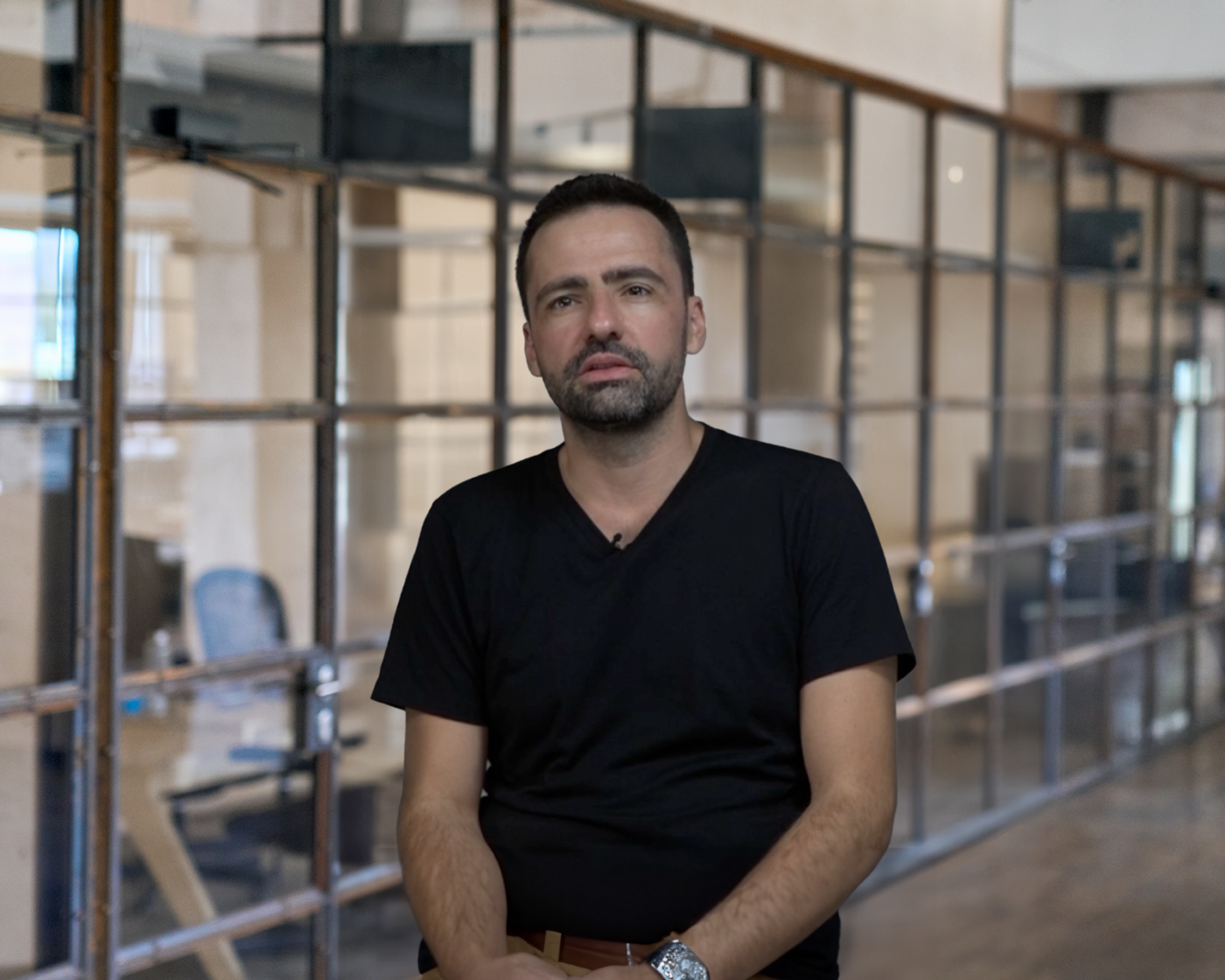“The worst is never assured, the best, never consented to. This is a good reason to act!”
André Comte-Sponville
“Dare to be oneself, to embrace the degree of power that dwells within us, to say yes to the forces inside us, to create freedom, to consent to the force of destiny, to love necessity, to live and dance, to live and to exult.”
Michel Onfray (after F. W. Nietzsche)
Globalization, accompanied by ideas like “world society,” the elasticity of the world and “cognitive capitalism” evoking the idea of an economic war, is rarely thought of with regard to architectural creation, because, faced with this phenomenon, the actors of this architecture are responsible for imagining schemes with the purpose of retaining their singularity. What is behind this omnipresent globalization? Is it possible to draw positive energy and operational concepts from architecture? The hijacking of “weapons” such as “economic intelligence” and “creative destruction” in the architectural sphere is to be considered pragmatically and symbolically. Like independent cinema, “auteur architecture” is to be valued by its producers as much as by its creators. Let us look at what it is in more detail.













